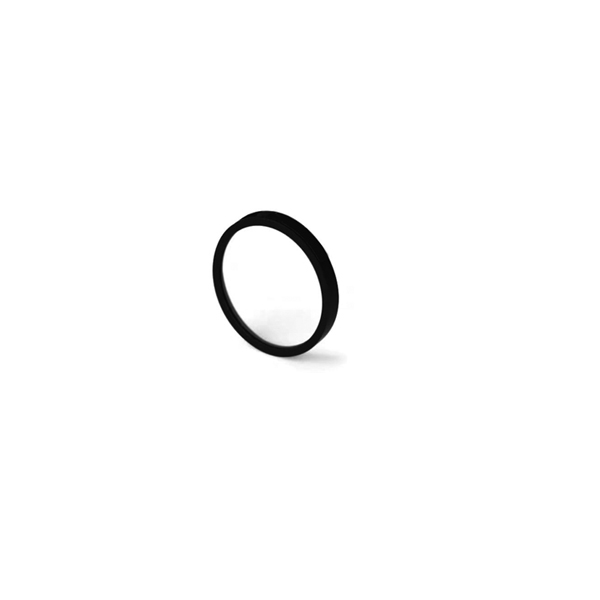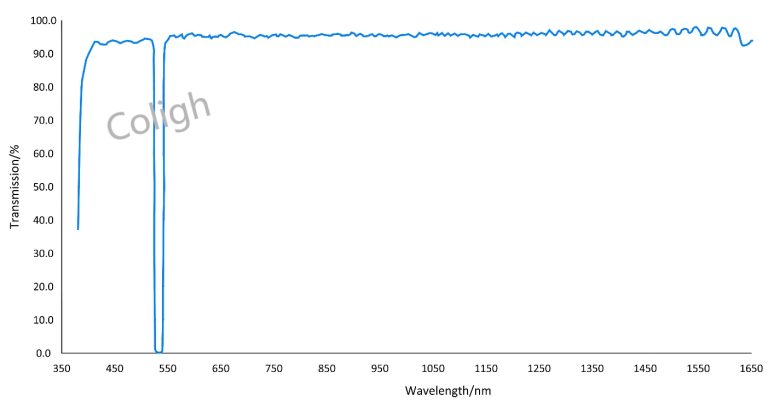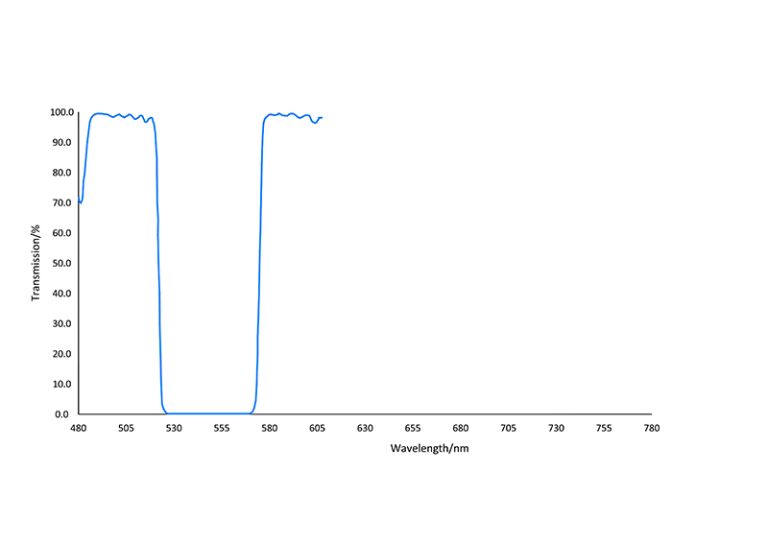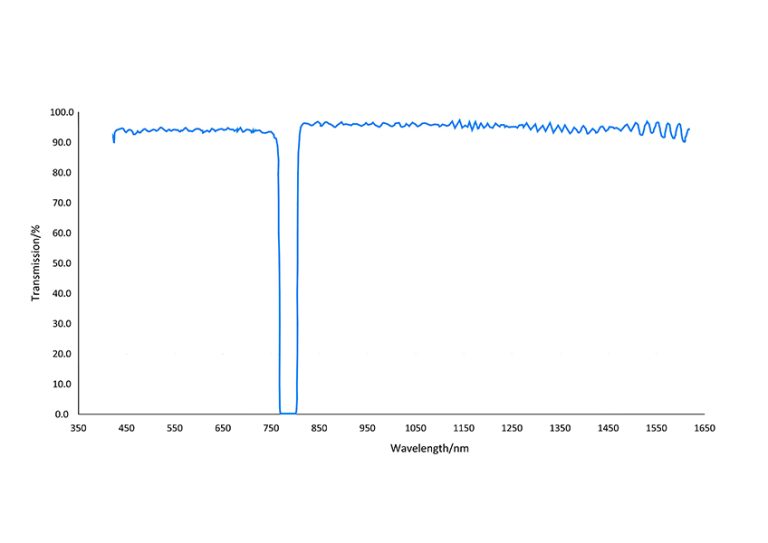Notch Filter
Notch Filter Series
FAQs
A notch filter is a type of band-stop filter designed to block a narrow band of light while allowing high transmission of other wavelengths. Its transmission spectrum shows a deep and narrow “notch,” hence the name. The filter’s structure uses multiple dielectric thin films to generate strong interference reflection at the target wavelength, forming a high optical density blocking band.
The working principle of a notch filter is based on multilayer interference. The manufacturing process involves alternately depositing high and low refractive index films on an optical substrate (such as BK7 or quartz) to achieve interference reflection, phase matching, and allow wavelengths that do not satisfy the phase matching to pass through unaffected, ensuring high transmission.
To use a notch filter properly in different optical systems, attention must be paid to:
-
Ensure the center blocking wavelength of the filter matches exactly with the wavelength to be suppressed.
-
The center wavelength of the notch is sensitive to angle of incidence (AOI) and temperature. Deviation from design conditions will cause wavelength drift. AOI must be controlled.
-
Pay attention to the effective aperture of the filter. If the beam exceeds this area, edge effects may occur due to oversized beam spots.
Notch filters, due to their highly selective suppression of specific wavelengths, play an important role in many applications, such as Raman spectroscopy, fluorescence microscopy imaging, laser safety, spectrometers, life science instruments, and machine vision.
Coligh currently offers custom notch filters for any wavelength between 200–2000 nm. Available options include single-band, dual-band, and triple-band notch filters. Blocking depth can reach OD6 or higher.





